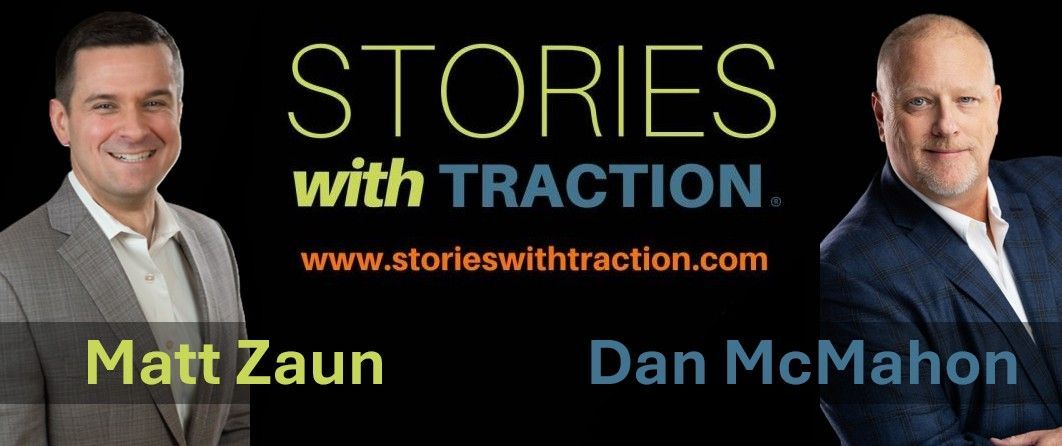7 Actions to Guarantee that Acquiring New Staff is Harder than Finding Water in the Sahara Desert

CPA firms nationwide are struggling to find the quality and quantity of staff needed to fulfill their ever-increasing workload demands. The failure to meet these necessary personnel levels has direct consequences on bottom line performance and client satisfaction.
You would think that these extreme challenges would impact the methodologies and processes that firms utilize and cause them to change. Unfortunately, for many, this is not the case. It’s truly a question of insanity, doing the same thing over and over again and expecting a different result.
The following 7 actions are impediments to successful hiring today. CPA firms that follow these will proportionally lessen their level of success in attracting and hiring the resources they need.
1. Write an ad that looks like every other firm.
2. Wait for candidates to respond to your ad.
3. Don’t make a decision until multiple members of your firm have thoroughly evaluated the candidate.
4. Have a strict and inflexible criterion for considering a candidate.
5. Stay inside the box for compensation and benefits.
6. Only consider candidates who will work in the office.
7. Hesitation in utilizing outside resources to improve your results.
Let’s examine what each of these means along with some proven strategies to overcome the pitfalls.
1. Write an ad that looks like every other firm.
It is an interesting exercise to pretend to be a job searcher and to use one of the online job search sites, such as Indeed, and to see what’s out there. Whether you are looking for a tax or audit position, you will discover that most of the ads are very similar. They give the name of the firm, the job title, and a description of the duties of the position. There is very little to convince a candidate as to why one firm is different or a better place to work. A better practice is to emphasize the advantages of your firm over everyone else and be unique about this.
2. Wait for candidates to respond to your ad.
A well written and attractive ad that differentiates your firm will attract some candidates, but in today’s competitive job market, many of the best candidates will simply not find your ad. Indeed, LinkedIn, and other job posting sites provide advanced subscription capabilities that allow you to do very specific searches with the criteria that is relevant for the position that you want to fill. You will uncover candidates that are a good match, who can be contacted with an engaging and inviting letter to consider interviewing with your firm. This can be a time-consuming activity with a 5% to 10% response rate, but it can generate significant results.
3. Don’t make a decision until multiple members of your firm have thoroughly evaluated the candidate.
Simply, in today’s competitive environment, time is of the essence. You must realize that candidates will be interviewing with numerous firms and will be making a decision on their own personal timeline. There are many partners/managers of firms who insist that they are part of the hiring process, and this can log jam a hiring scenario. The best practice is to have a small group of people who do the evaluations. Once a first interview is performed, any follow-up sessions with additional people need to be completed within a day or two. Sometimes, even this is too long. We’ve seen instances of a first interview on a Tuesday and the second interview on a Thursday. Unfortunately, the candidate met another firm on Wednesday, who offered them the job on the spot, and they immediately accepted the offer.
4. Have a strict and inflexible criterion for considering a candidate.
Many firms will have a precise set of requirements for any candidate for employment. These could include years of experience, industry background, supervisory time, etc. The problem is that in today’s competitive job market, there are many great candidates who might not precisely match these criteria. By not thinking out of the box, a person with great potential, who may only need a few months of training, some mentoring and extra experience is passed by. When you pass on them, you can expect that someone else will be getting a strong, loyal, and appreciative team member whom you could have had.
5. Stay inside the box for compensation and benefits.
There is the belief that any variance from established norms in compensation will cause difficulties with existing staff. The reality is that all staff are not equal. Equal pay and compensation for all in a particular job classification will hurt you in the marketplace in attracting people. Billing rates per staff member can vary, and it is reasonable that there will be variance in compensation. Candidates have the widest number of choices for employment that we have ever seen in the accounting profession. It’s truly a seller’s market. Compare it to the recent real estate market. For prime properties, in many cases, the listing price was just the start of the bidding process. Those buyers, who didn’t realize this fact, found their offers being repeatedly rejected. This is very true in hiring today. When formulating an offer for a candidate, don’t just consider salary, but look at the entire package. We’ve seen firms give more generous health insurance allowances, increased and more flexible PTO and flexible work arrangements. These extra ordinary incentives can make a big difference when a candidate is trying to decide between two firms.
6. Only consider candidate who will work in the office.
Prior to the outbreak of COVID-19, the norm was that everyone worked in the office with a few exceptions. Now it is true today, that a certain percentage of candidates yearn to work on site because they miss the camaraderie and in person career development. Unfortunately, for employers expecting a full return to the olden days, these are not the majority. Insisting that most of the time is spent in the office will severely limit the candidate pool that you will attract. Your chances of attracting talent will rise proportionally with the amount of remote work time that you will allow. With technology today, being onsite does not have the advantages that you might think. Again, we agree that in office work is the best, and maybe someday it will return to its previous dominance. But, in 2022, insisting on in office work will severely hinder the quality and quantity of staff that you will attract.
7. Hesitation in utilizing outside resources to improve your results.
The main product that CPA firms have to offer is time. Anything that takes you away from client work is potentially wasting resources and bottom-line revenue. We’ve all heard the stories of recruiters who are more interested in collecting their fees vs. finding the right candidates. These bad experiences should not dissuade you from utilizing professional resources that have the processes and reputation to get you the results that you need. Another situation that has to be considered is the impact of inhouse HR and/or Talent Acquisition departments. The professionals who staff these departments are competent and have the best interests of the firm in mind, but they don’t have all the answers. One piece of supporting evidence of this is issue #1 above, which discusses ineffective employment ads. If you search in a metropolitan area for tax associates, you will see a multitude of ads from large firms that have no differentiation. They talk about job requirements but give no compelling reason why a candidate would want to work at that firm. You can be certain that these firms have internal departments performing their recruiting. Recognizing that an experienced professional outside recruiter can cost effectively enhance internal efforts and in the long term save money through out of the box thinking and methodologies will pay you dividends.
So, how were the above conclusions reached?
During the last two years, in one of the most difficult recent recruiting environments, our efforts for our clients have resulted in 95% successful searches with a 90% retention level after the first year. We do not work on a contingency basis but a flat fee, where our incentive is to find the best candidate possible. Our fees are less than contingency recruiters and, in most cases, we are successful in our searches within six weeks. The opportunity cost savings for our clients are significant.
As another busy season approaches quickly, and you are concerned that your staff levels are not what they need to be to ensure maximum client services and firm profitability, consider contacting us for an exploratory conversation. If the issues above are occurring in your firm, it might make sense to look at an alternative approach. Gary Kravitz is a partner with Integrated Growth Advisors and can be reached at 877-442-4769, ext. 704.












